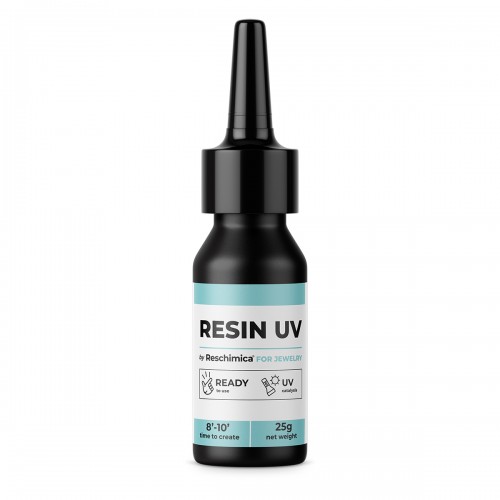Epoxy and Polyurethane Resins
Read more +
Powder Products
Time left
Epoxy and Polyurethane Resins
LIQUID GLASS RESIN - Clear glass-effect epoxy resin, safe and easy to use (2:1)
Time left
Epoxy and Polyurethane Resins
GLASS FAST RESIN - Transparent Glass Effect Resin (100:30) - Ideal for creations and...
Time left
Epoxy and Polyurethane Resins
FIL CRISTAL UV - Transparent UV resin with anti-yellowing filter, ideal for bijoux and...
Time left
Epoxy and Polyurethane Resins
FIL GRIGIO - Gray polyurethane resin for model making (catalyzes in 20min)
Time left
Epoxy and Polyurethane Resins
FIL BIANCO - White polyurethane resin for model making (catalyzes in 20min)
Time left
Epoxy and Polyurethane Resins
GLASS DESIGN RESIN - Transparent Epoxy Resin for High-Thickness Design Creations (100:30)
Time left
Safe and performing products
Economical packaging
Perfect color
No bad smells
Large format convenience
For craftsmen and professionals









